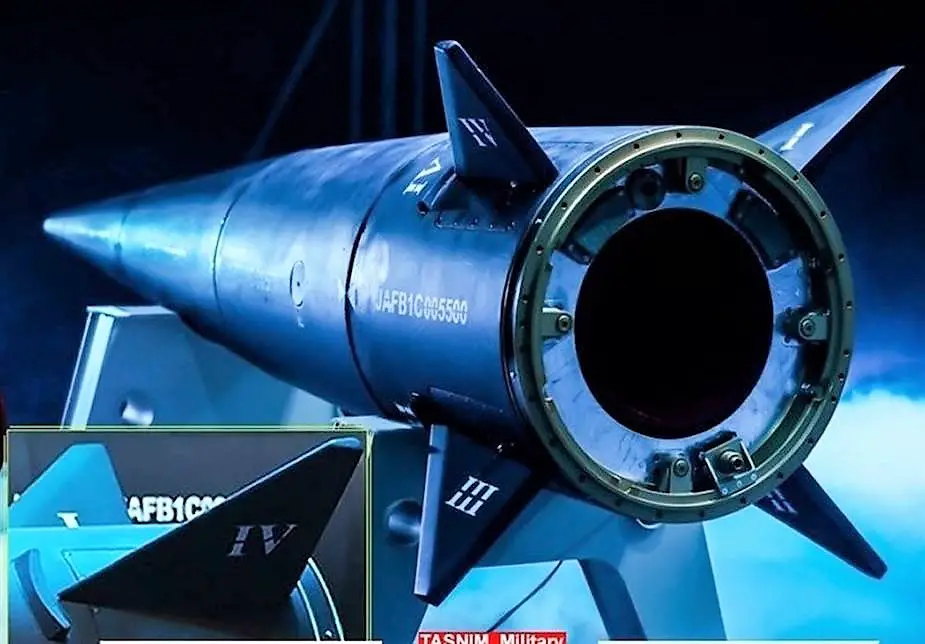Breaking news
Iranian IRGC claims Fattah hypersonic missile’s range could be extended to 2 000km.
According to a report by the Tasnim news agency on June 22, the commander of the Islamic Revolution Guards Corps Aerospace Force announced that the range of the next version of their advanced hypersonic ballistic missile could potentially reach 2,000 kilometers.
Follow Army Recognition on Google News at this link

Referring to the recent introduction of the Fattah hypersonic missile, Brigadier General Hajizadeh mentioned that its future iteration may have an extended range of 2,000 kilometers (Picture source: Tasnim Military)
During a ceremony held in the province of Mazandaran, Brigadier General Amir Ali Hajizadeh emphasized Iran's progress in the defense industry, particularly in missile development. He stated, "Today, we have achieved all complex technologies in the field of the defense industry."
Referring to the recent introduction of the Fattah hypersonic missile, Brigadier General Hajizadeh mentioned that its future iteration may have an extended range of 2,000 kilometers. The IRGC unveiled the Fattah hypersonic missile in a ceremony in Tehran on June 6. This weapon, named by Ayatollah Seyed Ali Khamenei, the Leader of the Islamic Revolution, currently possesses a range of 1,400 kilometers. The missile's warhead is equipped with a solid fuel engine and a movable nozzle, allowing it to maneuver in all directions.
Brigadier General Hajizadeh claimed that the new missile has the capability to penetrate all air defense missile systems and neutralize enemy anti-missile systems. He described the production of this projectile as a significant advancement in Iran's missile industry, highlighting its ability to maneuver both below and above the Earth's atmosphere at a remarkable speed of Mach 13.
Unlike traditional ballistic missiles, which follow a predictable parabolic trajectory, hypersonic missiles are capable of maneuvering during their flight, making them highly agile and difficult to intercept.
Hypersonic missiles can be categorized into two main types: hypersonic glide vehicles (HGVs) and hypersonic cruise missiles. HGVs are launched into space on a ballistic trajectory and then re-enter the Earth's atmosphere, gliding at hypersonic speeds toward their target. They use their speed and maneuverability to evade enemy defenses. Hypersonic cruise missiles, on the other hand, remain within the atmosphere throughout their entire flight, combining high speed with advanced guidance systems to strike targets with precision.
Hypersonic missiles offer several advantages over traditional missiles. Their high speed and unpredictable flight paths make them challenging to detect and intercept using current air defense systems. They also significantly reduce the response time available for defenders, increasing the difficulty of mounting an effective countermeasure.
Defense News June 2023

























